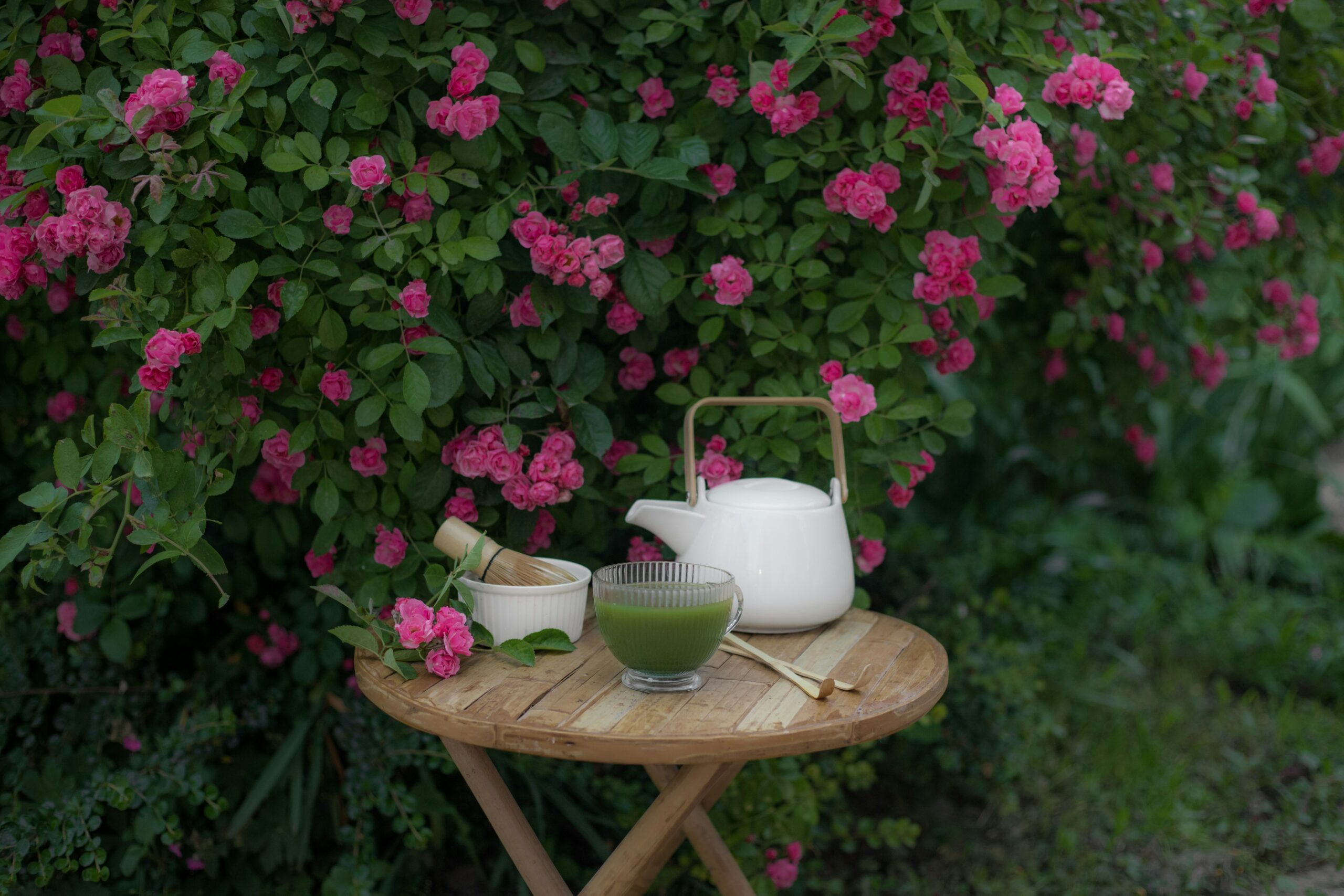Your cart is currently empty!
The Quiet Geography of Scent: Global Regions Distill Blooms into Tea

From the misty peaks of Sri Lanka to the desert edges of Morocco, centuries-old techniques are transforming fleeting floral blooms into highly coveted teas, crafting a beverage that maps the planet’s diverse landscapes, climates, and cultural rituals. This segment of the global tea market represents a delicate intersection of nature’s rhythm and methodical craftsmanship, where the aroma, color, and flavor of localized flora are painstakingly distilled into liquid form.
Flower tea, far surpassing a simple herbal infusion, requires producers to work intensely with specific microclimates and strict harvesting schedules dictated by the flowers themselves. Experts note that these teas capture “the memory of soil, water, wind, and sunlight,” presenting a taste profile intrinsically linked to its origin.
Asian Artisans Employ Ancient Scenting Methods
The cultivation of scented teas is most established in Asia, particularly China, where timing and patience are paramount to the process.
In Fuding, China, along the southeastern coast, the celebrated jasmine tea production relies on the synchronized harvest of green tea leaves and jasmine blossoms. Because jasmine blooms during the humid nighttime hours, workers gather the unopened buds at dusk. These fragrant petals are then layered with cured green tea leaves in specialized scenting houses. Over several nights—often six to ten—the green tea naturally absorbs the released perfume of the wilting jasmine. The resulting brew is defined by a persistent, luminous aroma that is simultaneously sweet and restrained, a testament to the repetitive, labor-intensive process.
Similarly, in Hangzhou, the autumn harvest focuses on osmanthus, tiny flowers with a powerful, apricot-like fragrance. Collectors gently shake the branches to release the rice-sized blossoms onto bamboo mats before mixing them with tea leaves. This meditative infusion underscores the region’s softer autumn climate.
Further north in Vietnam, the prized lotus tea uses the flower itself as a natural scenting chamber. Tea leaves are placed inside the lotus petals at night, sealing the fragrance as the flower closes, resulting in a rare, creamy, and gentle brew that captures the stillness of early morning lakes.
Highlands and Deserts Offer Contrasting Elegance
The appeal of flower teas extends from tropical valleys to high-altitude slopes, each location providing a distinctly different profile:
- Sri Lanka’s High-Mountain Blossoms: In the Nuwara Eliya highlands, above 1,800 meters, altitude functions as a key ingredient. Here, cool mist fosters the delicate growth of blue lotus and calendula. Harvested at dawn, these flowers are shade-dried to preserve a subtlety that translates into a crisp, light, and meditative flavor, echoing the clean mountain air.
- Morocco’s Valley of Roses: East of Marrakech, the Valley of Roses yields Damask roses, which bloom for only a few weeks in spring. To capture maximum potency, tightly furled buds are gathered before the desert heat intensifies. The resulting rosebud tea, often paired with mint, unfurls slowly in the cup, offering a gentle, pink-tinted sweetness.
A Taste of Ritual and Season
In Japan, Sakura (cherry blossom) tea embodies both a profound cultural practice and the ephemeral nature of spring. Harvested petals are salted and dried, preserving their pale pink color. When brewed, the petals bloom in the water, yielding a soft, floral, and lightly saline taste. This tea is a staple at weddings and festivals, serving a purpose far greater than hydration—it offers a symbolic taste of renewal and fleeting beauty.
Whether capturing Fuding’s humid nights or Kyoto’s fleeting spring, flower teas invite consumers to slow down and recognize the rigorous attention required to translate natural beauty into a quiet, nuanced experience. Industry analysts suggest that as global interest shifts toward artisanal, single-origin products, the detailed geography and craftsmanship embedded in flower tea production will continue to elevate its status. These products are less about flavor impact and more about subtle reflection—a liquid map showcasing where meticulous human care meets the unhurried processes of the natural world.